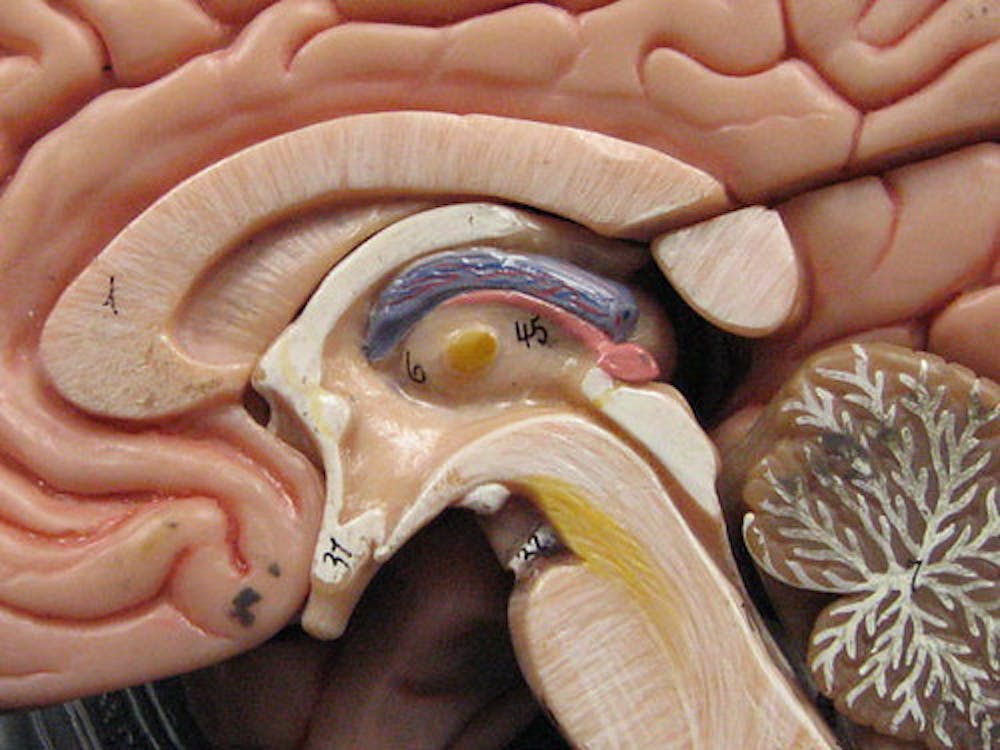As the semester starts to pick up, take a minute and read the latest scientific discoveries that have occurred within the past couple of weeks.
Examining the association between psychiatric disorders and pregnancy
A study published in Nature examined the risk of psychiatric disorders across the stages of pregnancy in a cohort study made up of more than a million women who gave birth in Sweden from 2003 to 2019. The three stages were split into pre-conception year, pregnancy and post-partum year.
Common psychiatric disorders related to pregnancy were divided into seven groups: anxiety, bipolar disorders, depression, psychosis, stress-related disorders alcohol use disorder and other substance use disorders. Notable results included a 20% higher risk of depression within the first few months postpartum compared to the baseline preconception period as well as a 6-7-fold higher risk of psychosis in the first five postpartum weeks before lowering to twice the baseline risk between weeks five and 20. However, for the other disorders, the risk of the psychiatric disorder was lower during and after pregnancy compared to the baseline.
The researchers noted that the number of psychiatric diagnoses increased over time, but reasoned that higher rates could be explained by changing lifestyles combined with an increased awareness regarding psychiatric issues associated with pregnancy.
Cognitive scores as a predictor for late post-traumatic seizures
In a study published by BMC Neurology, a team of researchers at Minaminara General Medical Center and Nara Medical University School of Medicine in Japan observed the clinical use of cognitive scores in predicting the occurrence of late post-traumatic seizures, seizures that occur after the first week of a stroke or a brain injury, in patients that have a history of ischemic stroke. Strokes can be categorized as either ischemic, when a blood clot in an artery obstructs blood flow to the brain, or hemorrhagic, caused by a rupturing of a blood vessel in the brain.
The cognitive scores used were the Addenbrooke’s Cognitive Examination, specifically the ACE-III version, which consists of questions that test the patient’s cognitive functions like attention, memory and language. The Japanese version of the Montreal Cognitive Assessment was also used, which similarly tests the patient. The study concluded that the cognitive scores were significantly lower in patients that experienced late post-traumatic seizures compared to patients that did not experience late post-traumatic seizures, and that the ACE-III scores were found to have a stronger association compared to other measurements like size of infarct, the amount of damaged or dead tissue due to lack of blood supply resulting from stroke.
Studying the causes of longevity
Maria Branyas Morera was the oldest living person in the world at the time of her death on August 19, 2024. An article published in Cell Reports Medicine, an observational study on Morera’s genome, proteome, microbiome and metabolome, sought to determine the factors that contributed to her longevity.
The researchers found that Morera carried many genetic variants that protected against diseases such as cardiovascular disorders, diabetes and neurodegeneration. They also found that Morera carried several new genetic variants not present in other European control populations. Epigenetically, Morera’s repetitive DNA sequences retained high levels of methylation throughout her lifetime, which has been thought to prevent the activation of these sequences that may be harmful to genome integrity. Her stable epigenome was thought to slow aging, suggesting the potential of developing epigenetic anti-aging treatments. Studying Morera’s gut microbiome revealed a high prevalence of Bifidobacterium, a probiotic genus commonly found in yogurt that is thought to slow the progression of aging-associated disorders.
However, the researchers acknowledged that studying Morera alone would not necessarily be applicable to improving the lifespan of the general population, due to the lack of a sufficient sample size.





